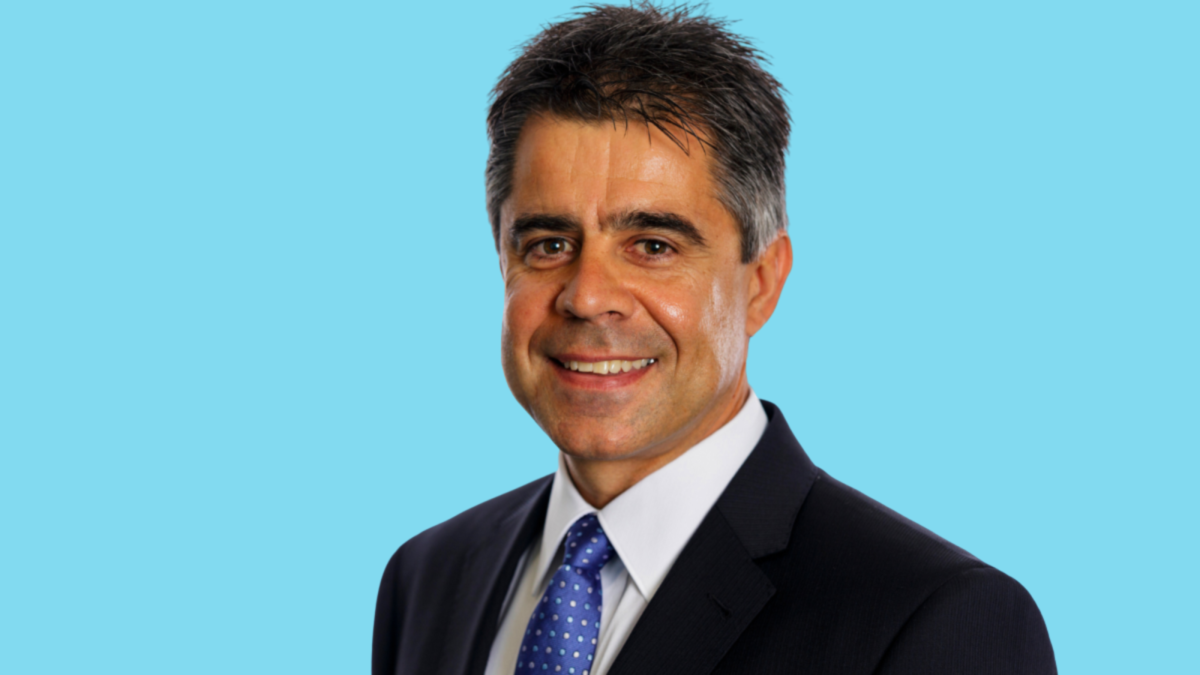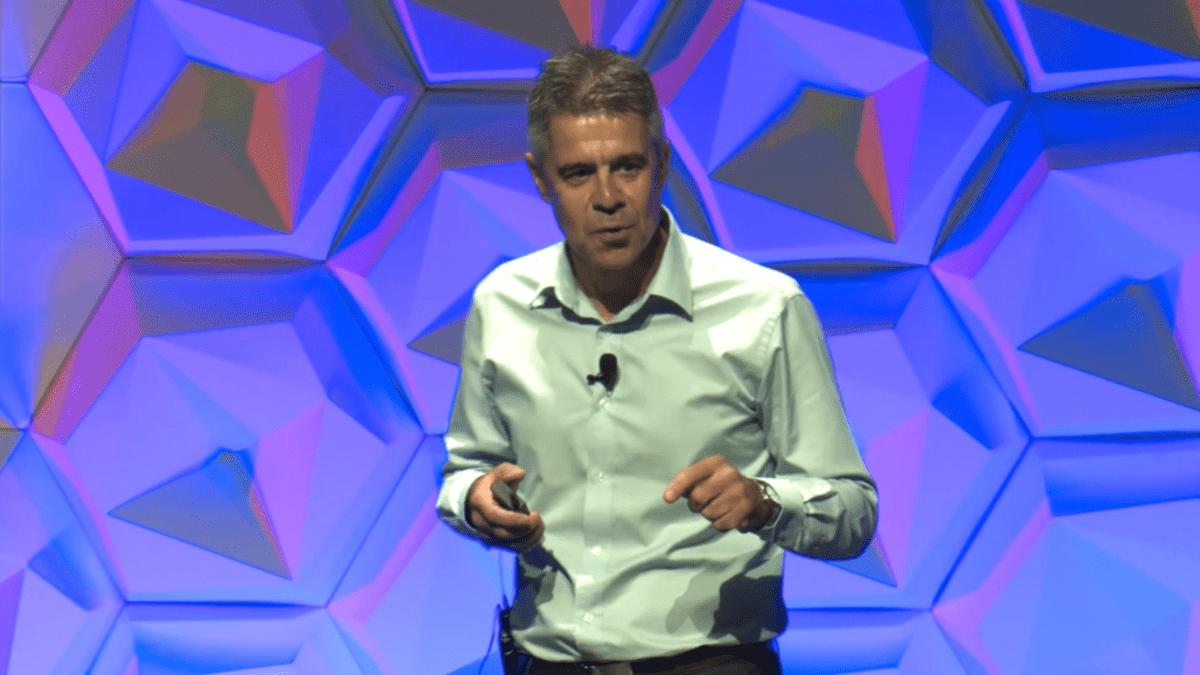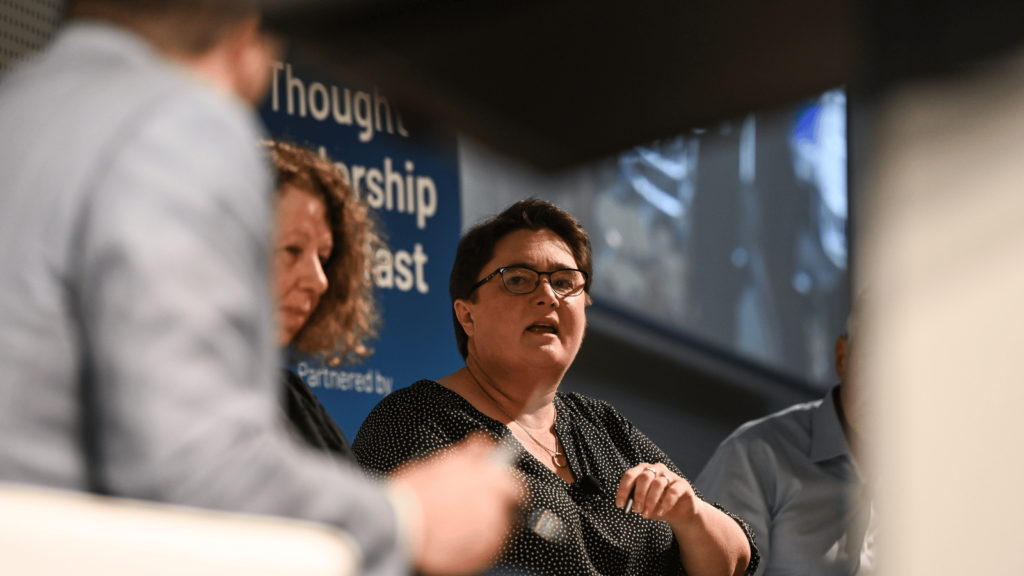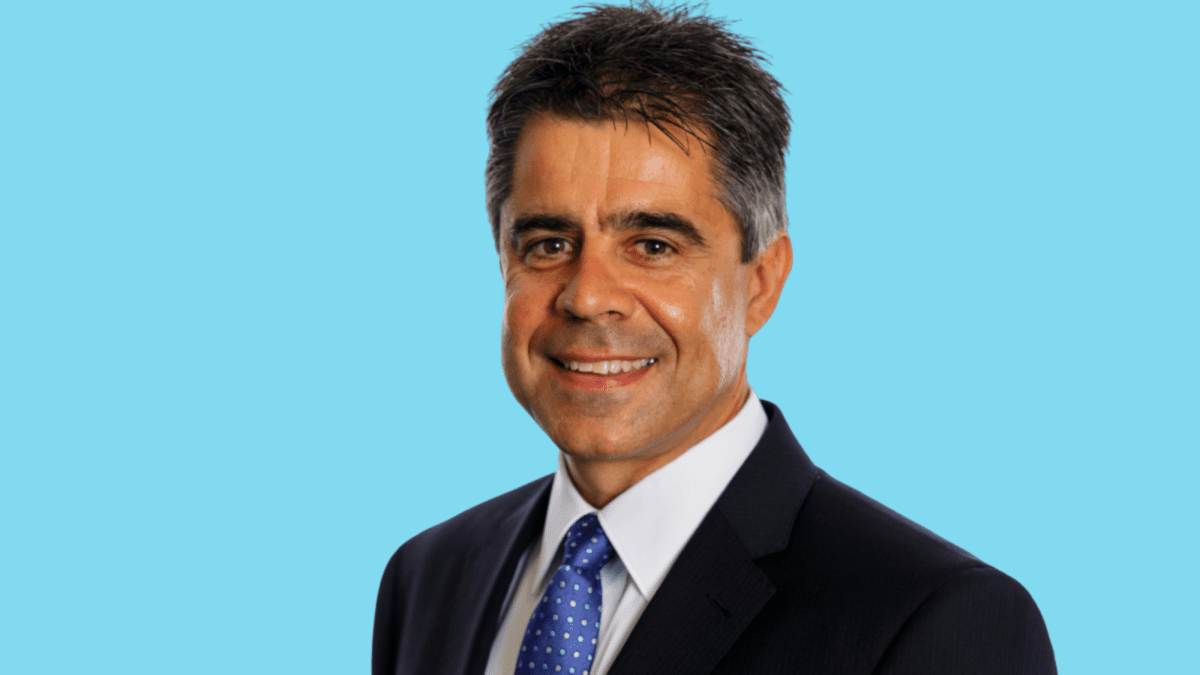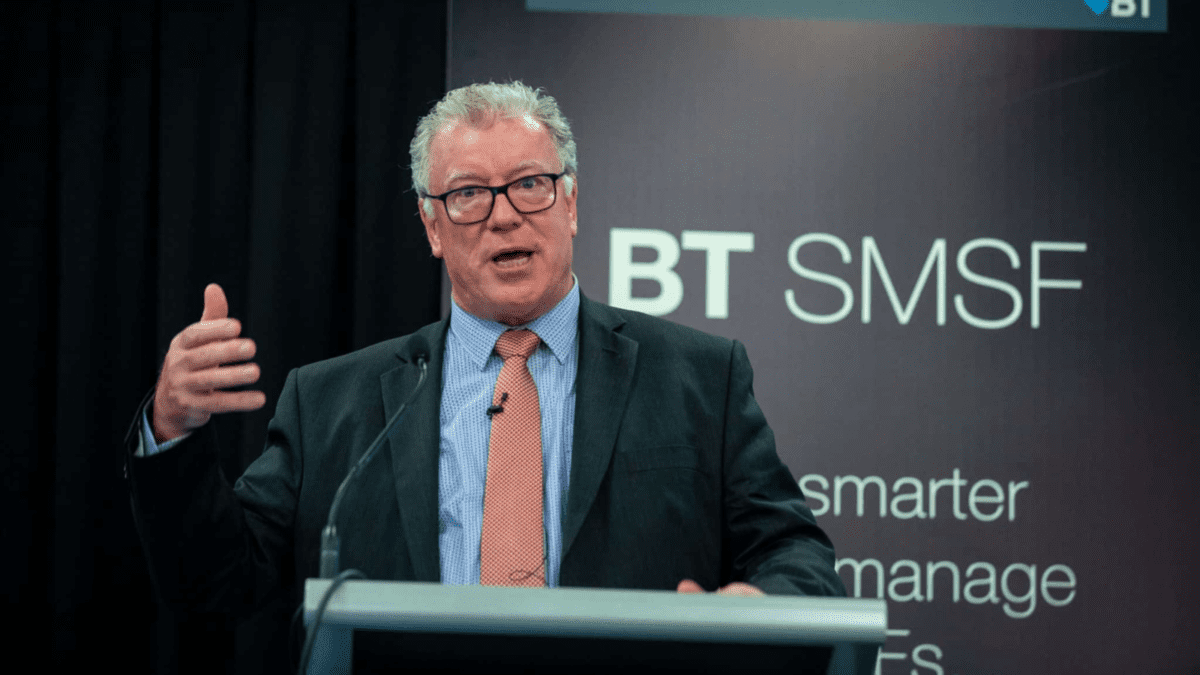-
Sort By
-
Newest
-
Newest
-
Oldest
With the prospect of a recession in Australia still looming large, SMSF investors might take comfort in new research showing that while their sector underperformed APRA-regulated funds in a booming 2021, SMSFs weathered the last contractionary environment, in 2020, better than larger funds did.
Treasury’s plan would increase the headline tax rate to 30 per cent from 15 per cent for earnings on superannuation balances above $3 million. The SMSF Association and others have called it unsustainable and discriminatory to SMSFs.
Peter Burgess told the SMSF Association’s National Conference the industry group has pushed for some of the developments, while it continues to oppose others, such as a high-balance cap. The government now plans instead to double the tax rate for funds with very high balances.
Despite a growth hiccup in 2022 the SMSF sector is trending in the right direction, with more younger people opting for choice in the way they manage their retirement savings.
The regulator’s recent removal of a controversial $500,000 minimum-balance guidance for self-managed superannuation funds provides an opportunity to re-engage with lower-balance funds that have been steered away from SMSFs, the SMSF Association says.
The establishment of SMSFs is increasing at a record pace, but the growth is coming from a whole new area.


